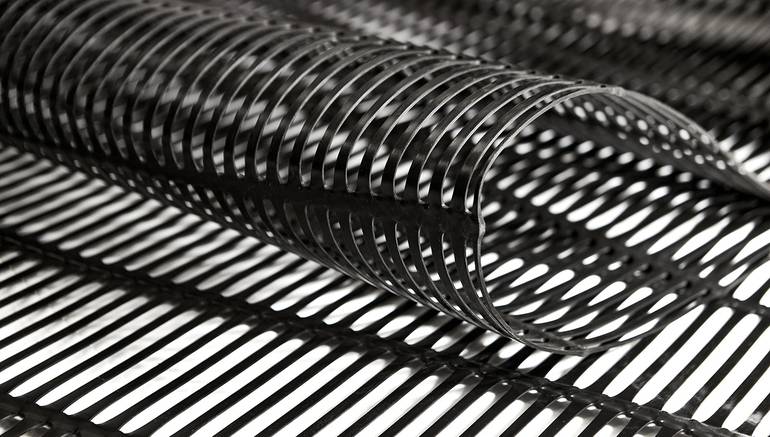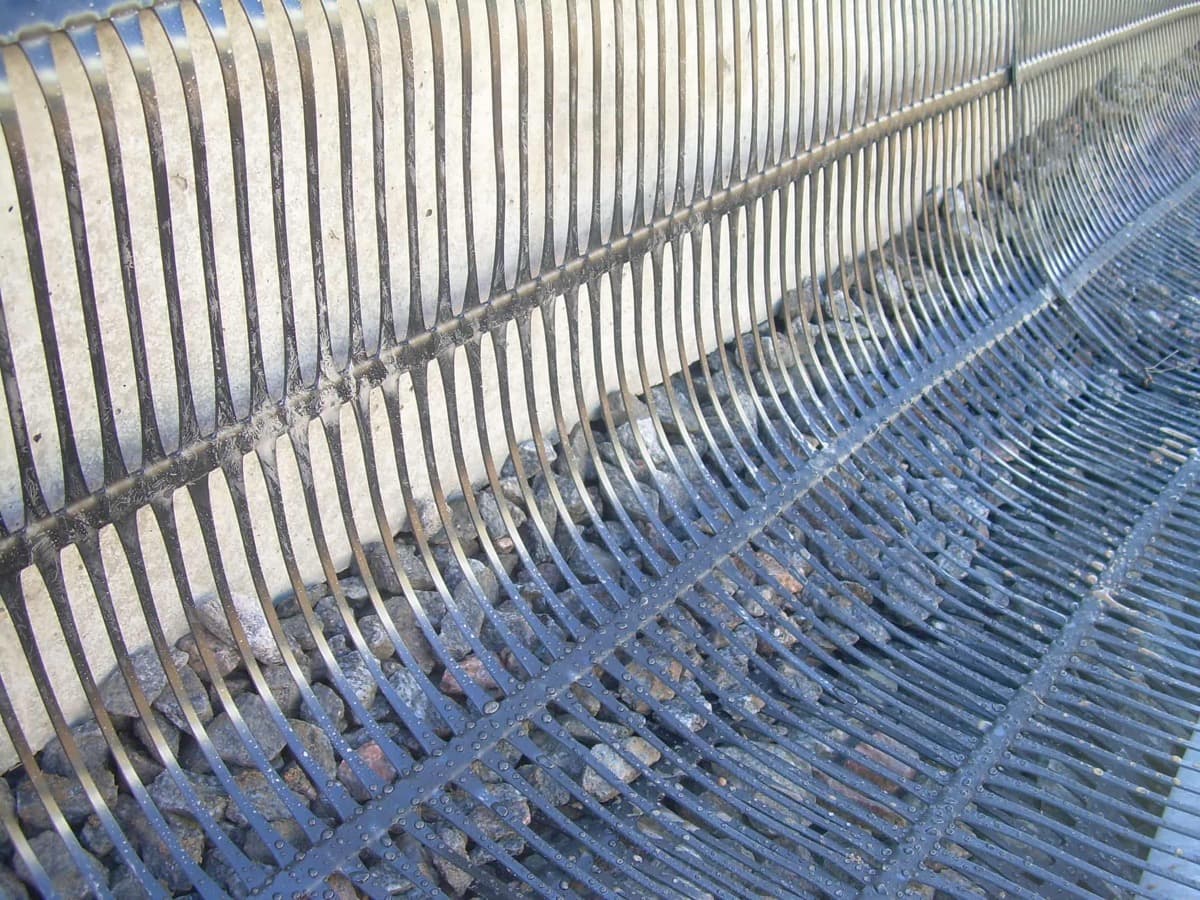

Uniaxial Geogrid
Description
Uniaxial geogrid is a polymer material made from high-density polyethylene (HDPE) through extrusion and subsequent molecular orientation in one direction. Its structure features long, narrow ribs, providing the ability to withstand high tensile stresses. The material's strength ranges from 55 to 180 kN/m depending on the grade. Uniaxial geogrids are widely used for soil reinforcement and creating stable structures in construction and infrastructure projects.
Properties and Benefits
Cost-Effectiveness
Reduces construction costs compared to traditional reinforced concrete retaining walls.
Efficient Resource Use
Enables the use of local soil for embankment construction.
Reduced Space Requirements
Ideal for constructing high embankments in limited spaces.
Strength and Durability
High resistance to tensile loads ensures reliable structures.
Applications
Soil Reinforcement
Reinforcing slopes, embankments, and inclines to prevent landslides.
Retaining Walls
Cost-effective alternative to reinforced concrete structures.
Road Construction
Strengthening foundations of roads, railways, and bridge structures.
Construction Cost Reduction
Optimizes material usage by reinforcing local soils.
